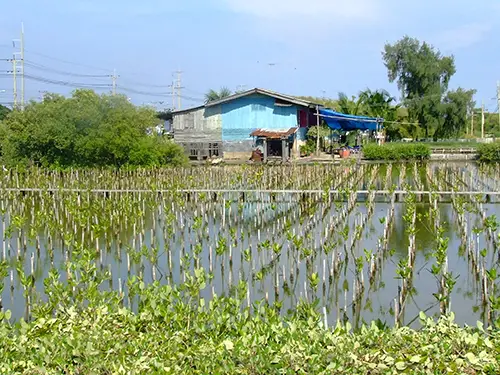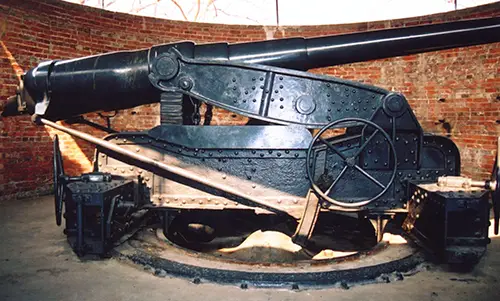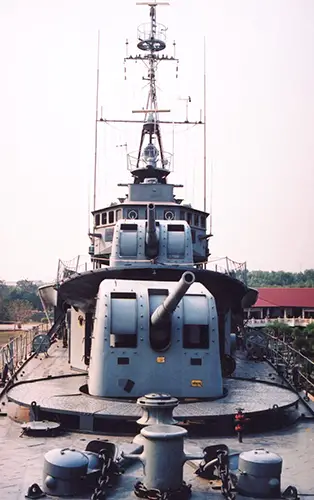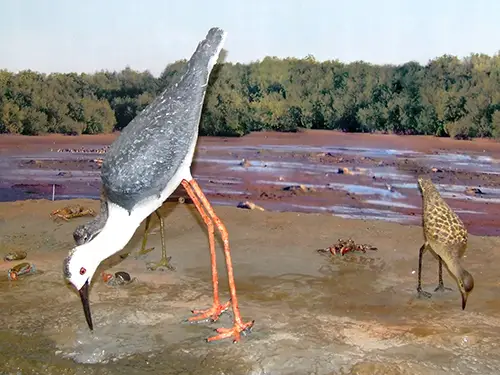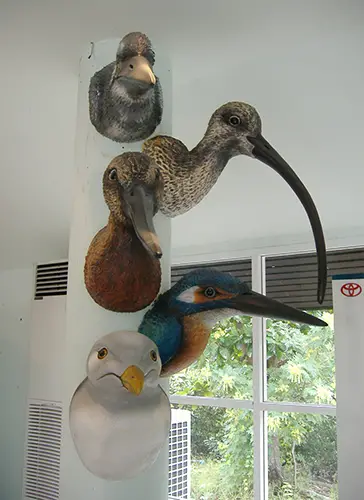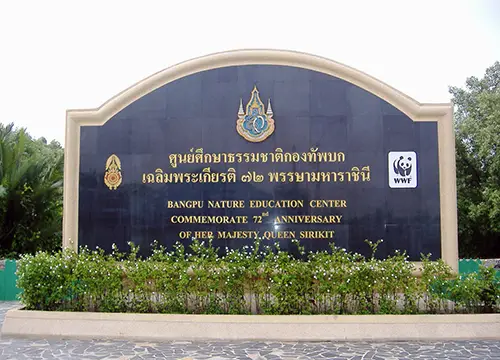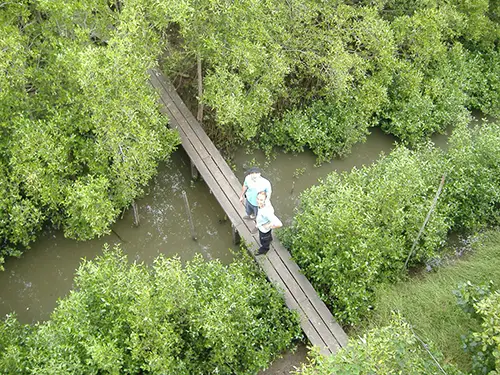Partly overshadowed from the north by Bangkok from both a historical and touristic point of view, Samut Prakan is a province with a great history and ecosystem. It is mostly only known for its three main tourist attractions: the Ancient City (or Muang Boran), a huge cultural park and outdoor museum; Erawan Museum, a gigantic three-headed elephant statue; and the Crocodile Farm with its 100,000 crocodiles.
While all these destinations are definitely worth a visit, on your next day trip to Samut Prakan also consider these 3 lesser-known attractions: Chulachomklao Fort, Muang Boran Fish Ponds, and Bang Pu Nature Center.
The history of Samut Prakan goes all the way back to the ancient Ayutthaya Kingdom of 14th to 18th centuries when it was established as a sea port. Being located at the mouth of Chao Phraya River and the Gulf of Thailand, Samut Prakan was a strategic location that needed to be well protected. This was achieved with the building of forts, moats, and walls and among of the six forts that were constructed, only two are still standing today: Phi Sua Samut Fort and Phra Chulachomklao Fort.
- Chulachomklao Fort
While plans to make Phi Sua Samut Fort a tourist destination easily accessible (as it’s actually an island in the Cho Phraya River) are still being made, Chulachomklao Fort has long become a proper museum sporting weapons, a warship, and a majestic statue.
Located on Suksawat Road on the west bank of Chao Phraya River, Chulachomklao Fort was built at the order of King Rama V, who wanted to strengthen Siam’s fortifications against the expansionistic policy of Western colonial powers. Apart from restoring the ruins of existing forts, construction of a new fort started in 1884 and by 1893 Phra Chulachomklao Fort was finished.
The fort contains seven canons which are the original canons that were used in the Paknam Incident of 1893, when the Royal Thai Navy engaged the French navy. Due to its inferior military, Siam lost the Franco-Siamese War. After that, the canons were never fired and were decommissioned in 1933. Upon the renovation of the fort and the construction of King Chulalongkorn statue on the site, the canons were fired once again in 2003 to celebrate the 10th anniversary of the statue’s establishment.
But, la pièce de résistance of the entire fort is an amazing warship belonging to the Royal Thai Navy which, upon its decommissioning in 1937, became an open-air museum. The HTMS Mae Klong is an escort vessel that saw action in World War II and was also used as a training ship for navy students until it was placed on the concrete pedestal at the fort in Samut Prakan.
The fort also has an air-conditioned museum that details the history of the French-Siamese conflict, and makes a perfect place to escape the Thai scorching sun.
The fort is open for visits every day from 8am to 6pm and admission is free. Bring a sun umbrella as the place offers no shade respite!
- Muang Boran Fish Ponds
If you’re into bird watching, then Muang Boran Fish Ponds in Samut Prakan is the best place to experience a large variety of birds specific to this Thai costal area. There are literally hundreds of species of birds you can spy on, from collared kingfisher to spotted dove to Indian cormorant.
While the chances of spotting birds through your binoculars are high all year round, between November and April the birds are on their migration path so the chances of seeing them are very high. Breeding birds can be seen during May and October, which is also a good time to visit as the birds change to colorful breeding plumages to attract their mates. Photography amateurs and people with high-resolution lenses will also find the place full of great photo opportunities.
As the name suggests, Muang Boran Fish Ponds is in close vicinity to Muang Boran (Ancient City) but the site can be accessed only though a small residential areas off Sukhumvit Road. For a detailed map, access www.thaibirding.com. You can visit the place free of charge at any time during the day.
- Bang Pu Nature Center
On your return to Bangkok, also stop at Bang Pu Nature Education Center (sometimes spelled Bang Poo), an excellent conservation area managed by the Thai navy. The center is a World Wildlife Fund (WWF) partner and has an excellent museum detailing the lifecycle of several species of birds that make this area of Samut Prakan their home.
Apart from educating yourself, you can also explore the dense mangrove forest that flanks the shoreline. An elevated wooden plankway takes you through a maze of mangroves where, apart from birds, you can also spot among the trees small snakes, spiders, and the pla teen walking fish. There’s even an observation tower which gives a stunning 360-degree panoramic view of the forest and sea.
A great activity for a family travelling with kids is the actual planting of mangrove saplings. As they become fully grown and a part of the larger mangrove forest, these trees will serve as a buffer zone between the sea and the land, thus preventing coastal erosion and will act as a natural wall against possible tsunami.
The 29 kilometers from Bangkok to Samut Prakan can be easily covered by public buses from the Southern Bus Terminal or by private car via the expressway towards Samut Prakan. Alternatively, you can take the BTS Skytrain to Bearing, the final station on the Sukhumvit Line and from there a taxi to your destination.
